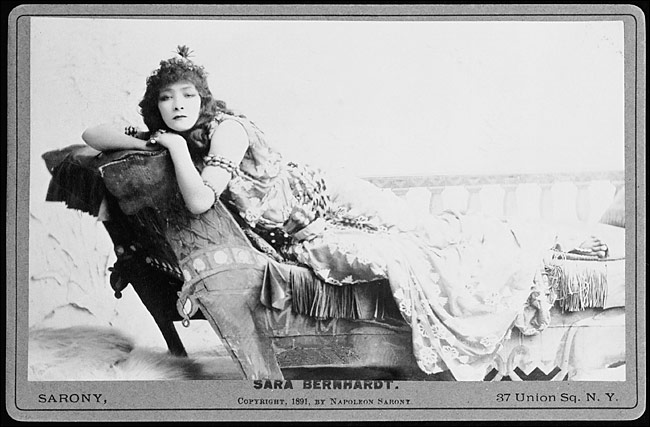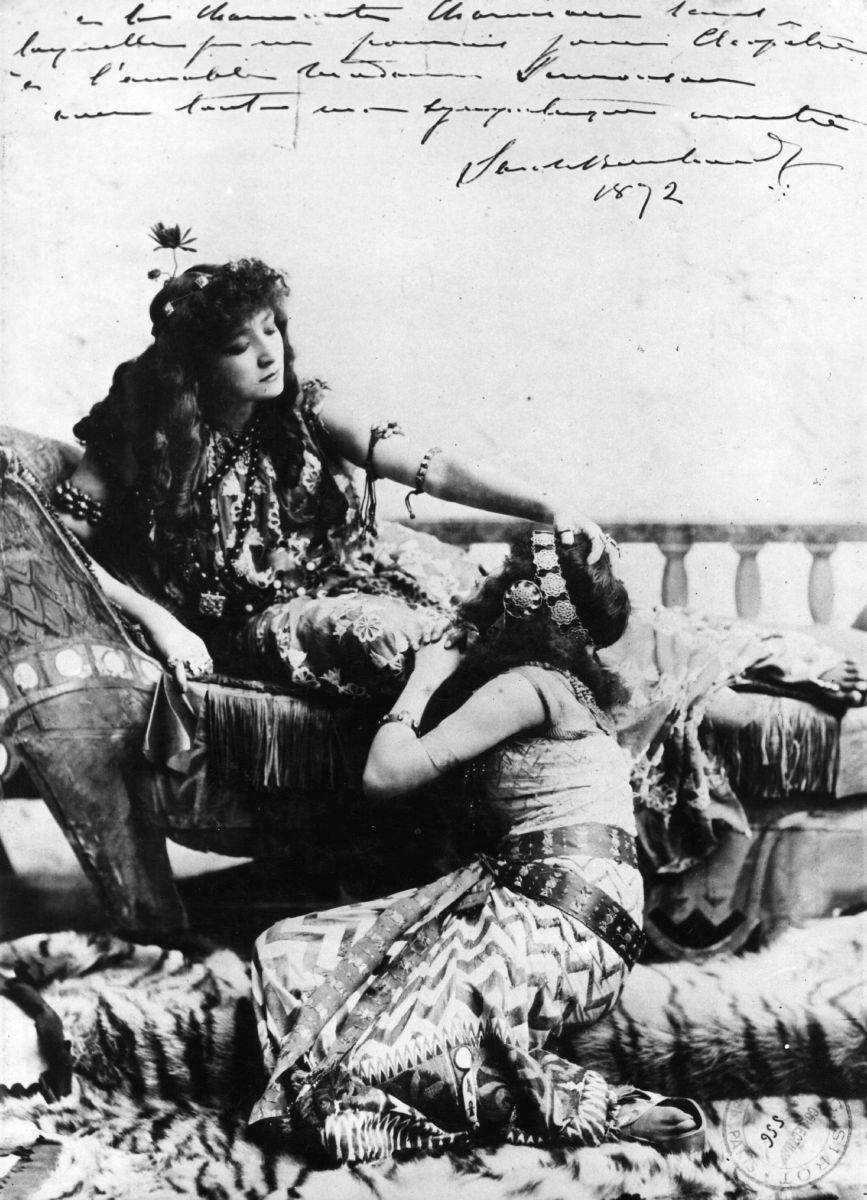By François-Raoul Larche, circa 1900
Carved as a young female queen with long hair, further decorated with poppy seed pods,
signed Larche and Cléopatre
François-Raoul Larche (1860-1912) was born in St Andrè-de-Cubzac. He began his studies in 1878 under François Jouffroy, Jean-Alexandre Falguière, and Eugène Delaplanche at the Ecole Nationale des Beaux-Arts in Paris. Larche was a regular exhibitor at the official salons beginning in 1884, and was awarded the Grand Prix in 1886 at the Prix de Rome competition. At the Exposition Universelle in 1900 he received a gold medal.
Although most commonly known for his monumental sculptures, such as the group La Loire et ses affluents, Larche created smaller sculptures which included a wide range of subjects from mythological figures to peasant girls. His most popular and endearing works are that from the Art Nouveau style. He often depicted the famous American dancer Loïe Fuller, a common subject for other artists at that time, as she was a symbol of the embodiment of the new concept promoted in Art Nouveau. She danced hidden in swirling painted silk gauze, epitomising the exotic sensuous woman of Art Nouveau subject matter.
Another famous female icon of the Art Nouveau was the French actress, Sarah Bernhardt (1844-1923). Known by her adoring public as the ‘Divine Sarah’, her talent began as a young girl. At the age of thirteen, she entered the drama school of the Paris Conservatoire and her debut was at the Theatre Français on 1st September 1862 in Racine’s Iphigenie en Aulide. She established her reputation in 1869 by her appearance as Zanetto, the wandering minstrel in François Coppee’s Le Passant, and affirmed in 1872 by her triumph as the Queen in Victor Hugo’s Ruy Blas.
This bust is thought to depict Sarah Bernhardt in the role of Sardou’s Cléopâtre. It was one of her most popular and widely-known roles. A painting by George Clairin from 1893 shows her in her costume for this role and Sarony photographed her in the costume when she came to the United States in 1891. These images exude the ethereal head of the female figure which is so elegantly carved into the block of marble.
Other examples of Larche’s work may be found in the Virginia Museum of Fine Arts, the Museum of Modern Art (New York), and the Villa Stuck Museum (Germany).

















